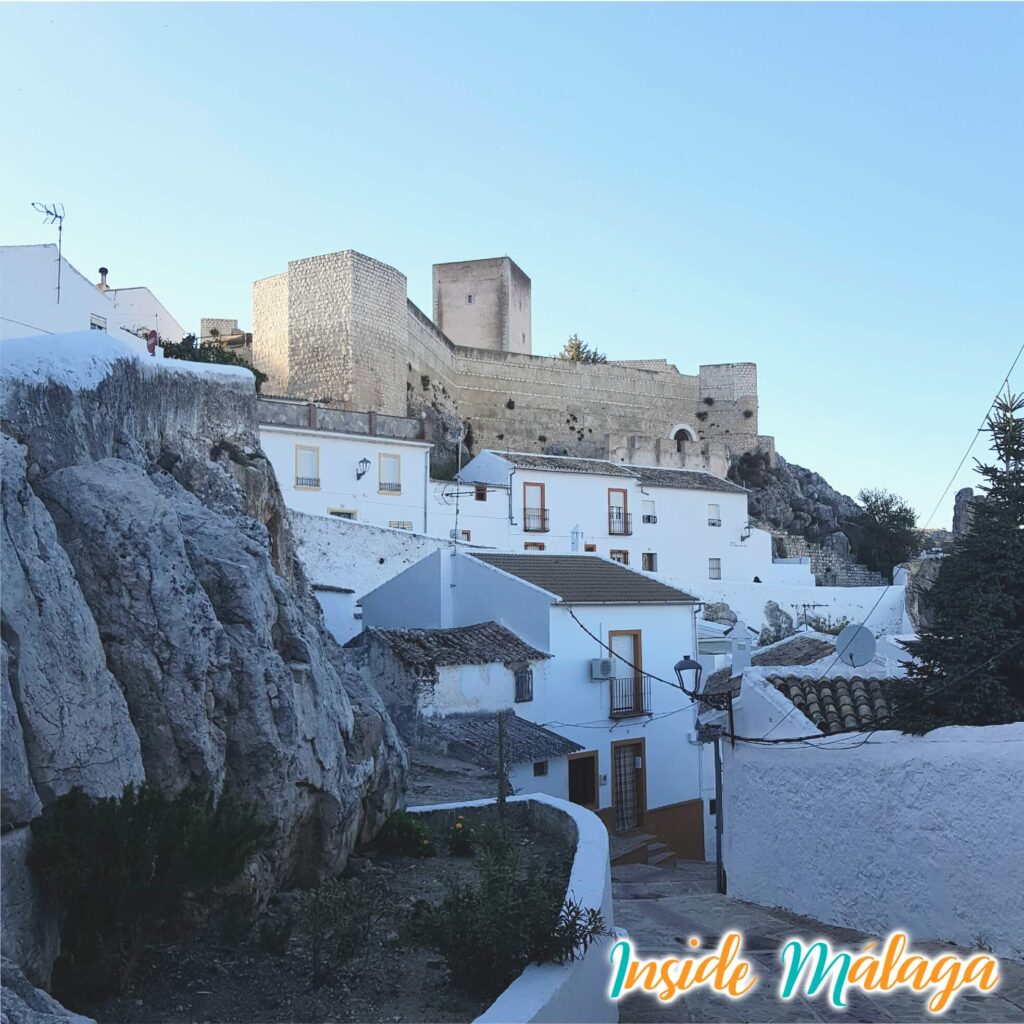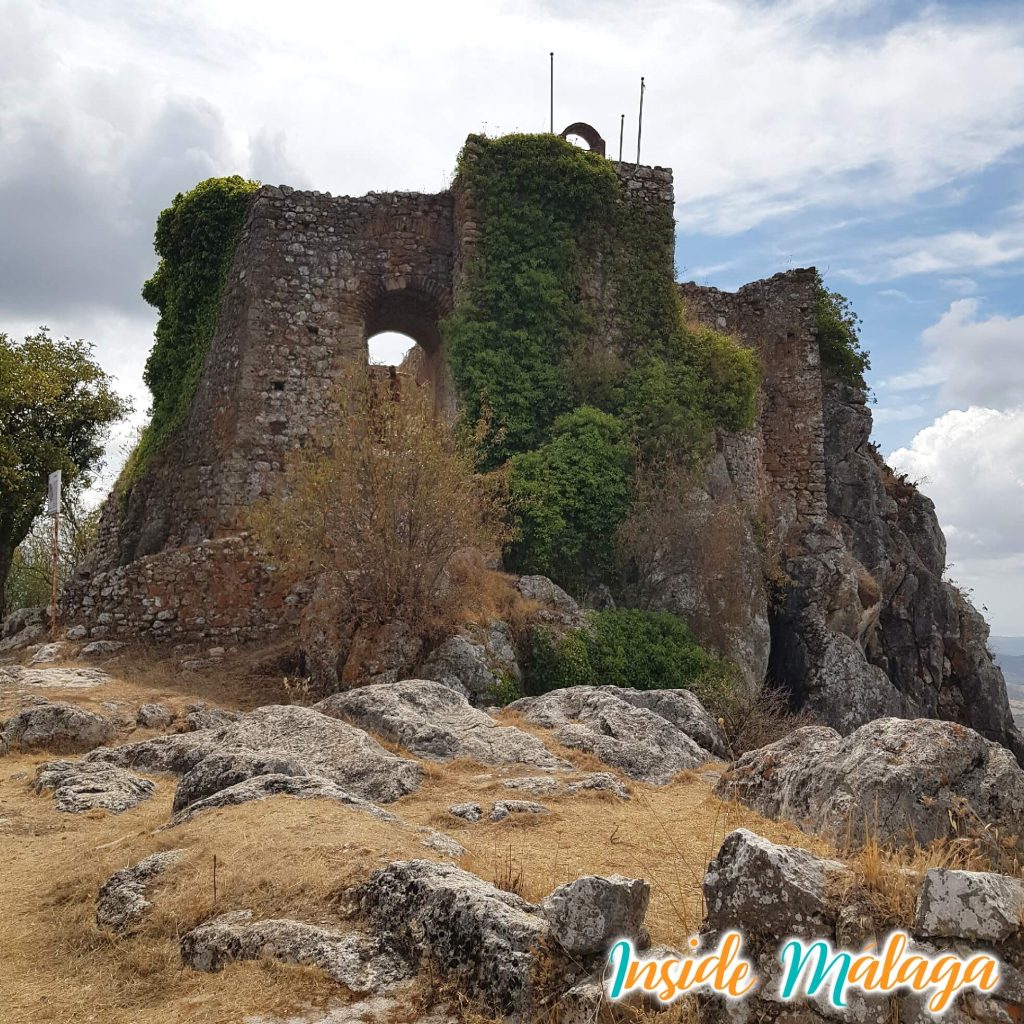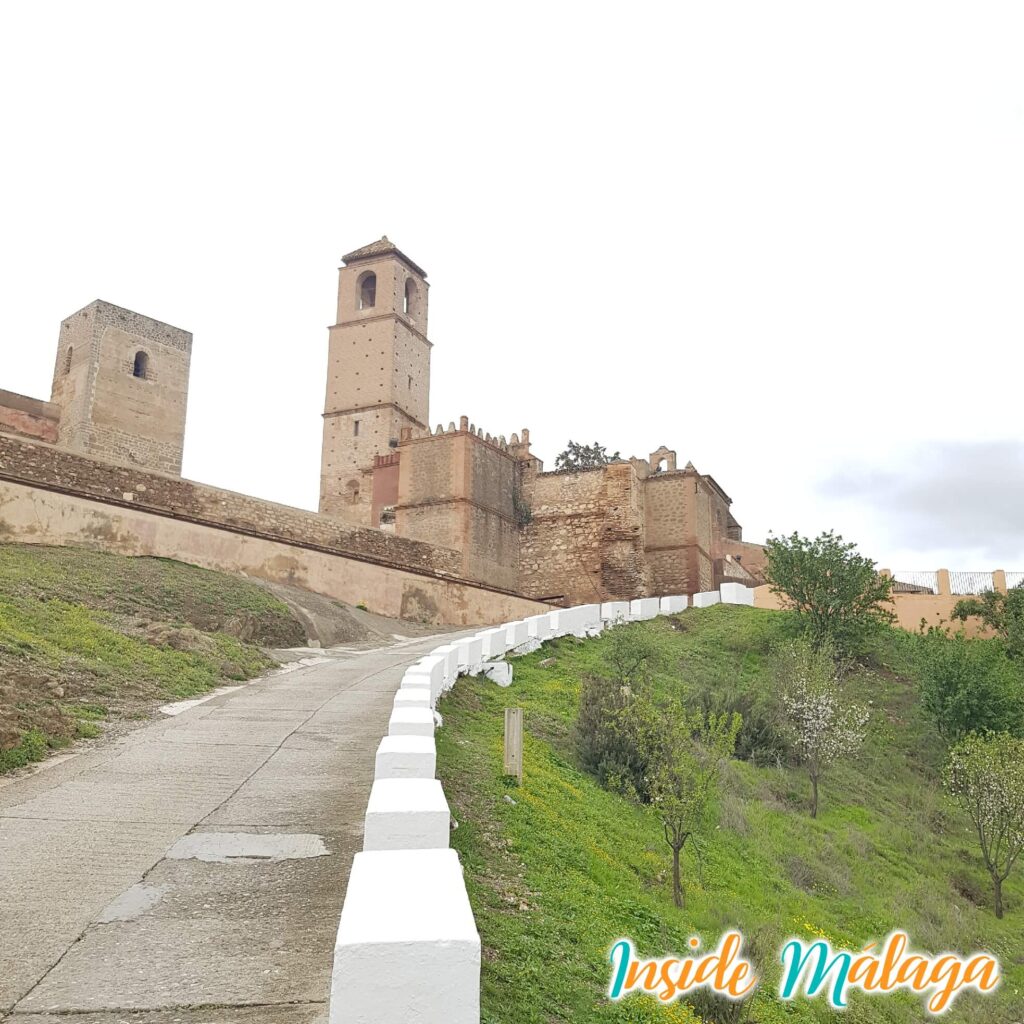
MALAGA | ALCAZABA
Located in the lower part of Mount Gibralfaro. It is a palace-fortification from the Muslim era built between 1057 and 1063 during the Taifa period. It is one of the most important Arab military buildings in Al-Andalus. The enclosure has an area of 15,000 square meters full of patios, Muslim architecture, walls, arches, fountains and beautiful views over the bay and the city of Malaga. At the foot of the Alcazaba is the Roman theater highlighting the importance of the area.

FUENGIROLA | CASTILLO SOHAIL
Next to the Fuengirola river is the fortress built in 956 on top of some Roman ruins. The fortress was enlarged during the 12th-15th centuries becoming a large castle. In the year 1810 the Battle of Fuengirola took place which caused the partial destruction of the Castle. Already at the end of the 20th century the castle was restored as we know it today.

MANILVA | CASTILLO DE LA DUQUESA
Also called the Fortín de Sabinillas, it was built on walls of Roman origin during the reign of Carlos III around the year 1767. Its purpose was to defend the area against piracy and corsairs that threatened the area. Until a few years ago the castle was used as the headquarters of the Carabineros and the Civil Guard. It currently houses the Mayor’s office and an archaeological museum.

BENALMÁDENA | CASTILLO BIL BIL
Located at KM 227 of the N-340 highway. The castle was built between the years 1927 and 1936, in a neo-Arabic style. The purpose was to build a holiday home, but the owners never came to live in it since the Spanish Civil War broke out. The second owners were from the United States and named the Castle Elsa (EL) and William (BIL) twice: Castillo El Bil Bil. Currently it has become a cultural center.

TEBA | CASTILLO DE LA ESTRELLA
Built in the 13th century by the Almohads with later extensions and modifications. With its walled area of 25,000 square meters, it was one of the largest castles in Malaga. The castle with its 18 towers was of great importance in the Guadalteba Region to defend its population from invasions. Currently the tower houses the Museum-Interpretation Center “A Crusade in the Guadalteba”.

ARDALES | CASTILLO DE LA PEÑA
The fortress built in the 9th century. During the reconquest it became the border between the Kingdom of Castile and the Nasrid Kingdom. In the year 1362 the reconquest by Pedro the Cruel took place, but it was recovered by the Nasrids. At the beginning of the 15th century, the Castilians conquered Ardales, which was conquered again in 1433, but in 1447 it passed back into the hands of the Nasrid kingdom. Finally in 1454 the fortress is definitively conquered. When the French troops arrive after its occupation between 1810 and 1813, they destroy most of the building and enclosure.

CAÑETE LA REAL | CASTILLO HINS-CANIT
A fortress located at the top of the village. The enclosure covers an area of 3,600m². Built in the IX century during the Islamic invasion, the fortress was of great importance during the revolt against the Caliphate of Córdoba, becoming the fortress of Omar Ben Hafsún. The name of the castle and town comes from the Arabic word “Qanit” which means “Caños”. Between the years 1330 and 1482 it was conquered and lost on several occasions by the Castilian troops.

ANTEQUERA | ALCAZABA
Built on Roman remains around the 11th-12th century by Muslims. This fortress prevented Pedro I from reconquering this area in 1361. The largest and most important tower is the Torre del Homenaje, also known as El Reloj de Papabellotas. This tower is one of the largest towers among the Andalusian Muslim towers. In 1582 a stone and brick bell tower was built on the Tower of Homage. The other tower is called the White Tower.

VELÉZ MÁLAGA | CASTILLO DE VELÉZ MÁLAGA
It is a fortification of Islamic architecture located in the highest part of Vélez-Málaga. It was built in the 10th century during the Islamic occupation and became one of the most important citadels in the Kingdom of Granada with an area of more than 1,500 m². During the French invasion between 1808 and 1810, a large part of it was destroyed so that it would not be used by the enemy, then it was restored in the 70s.

RINCÓN DE LA VICTORIA – FORTALEZA DE BEZMILIANA
Also called La Casa-Fuerte de Bezmiliana, it is a fortress built in the 18th century, more specifically in 1766 by order of King Carlos III. The building was part of the coastal defensive organization against piracy that was established a century earlier. The building has a grid plan with an exterior wall of simple construction without decorations with two towers for its defense. The space is currently used for exhibitions and cultural events.

BENADALID | CASTILLO DE BENADALID
Located on the outskirts of the village next to the road. The castle already appears in documentation dating from the year 1286, although there are studies that doubt its year of construction. It is a peculiar castle with a square plan with circular towers in three of its four corners. The construction of the walls are made of masonry worked with lime mortar. In 1572 the Castle passed into the hands of the Duke of Medinacelli, who ceded the property to the City Council for use as a cemetery.

GAUCÍN | CASTILLO DEL ÁGUILA
Formed by three walled enclosures, the first enclosure that was used to protect the population and livestock that houses the hermitage of Santo Niño and the old hospital. The second enclosure contains two cisterns. The third enclosure contained the citadel and the Tower of the Queen. On several occasions attempts were made to reconquer the castle, highlighting the attempt in 1305 by Guzmán El Bueno who found his death defending the area. It was finally conquered in 1485. In 1810 it served as a resistance during the French invasion.

ÁLORA | CASTILLO DE ÁLORA
Located in the highest part of the town, the castle is an Arab fortress with origins dating back to Phoenician times located on Cerro de las Torres. When the Romans arrived they fortified the Phoenician ruins. With the arrival of the Vandal people, it was almost completely destroyed, it would be the Arabs who restored the building, turning it into a fortress and residence. From the castle you can enjoy the Guadalhorce Valley and the views over the town.
